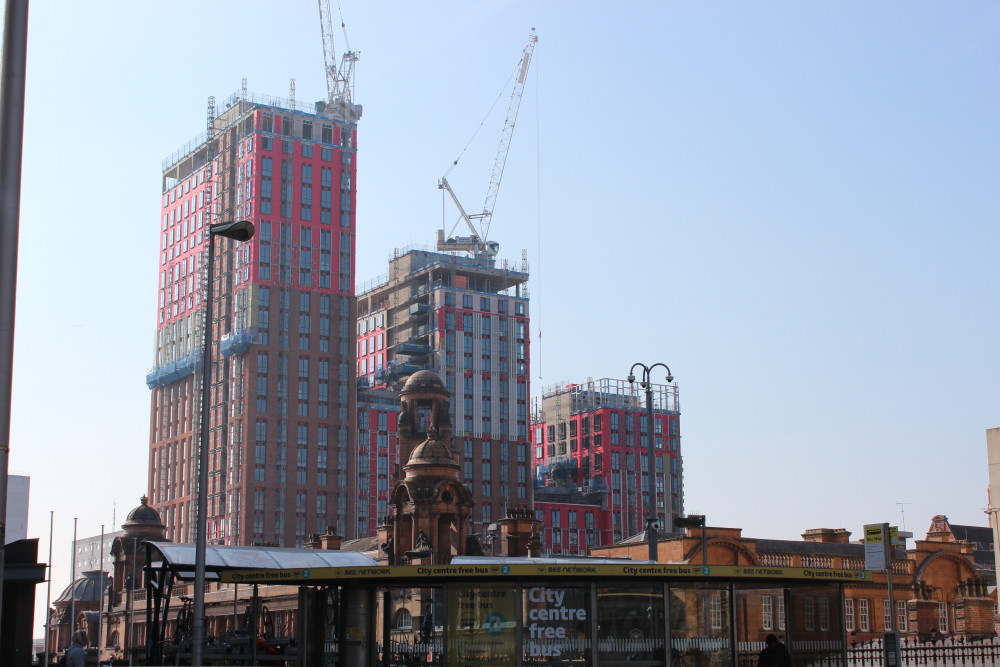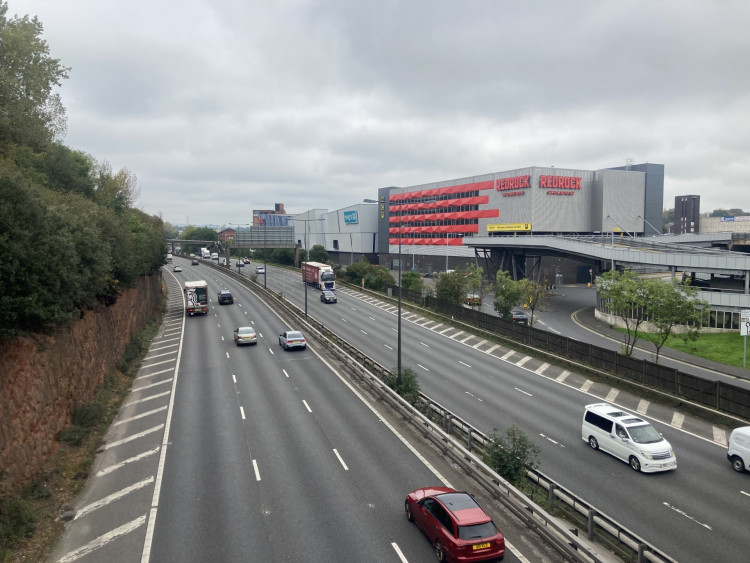Clean Air Zone signs are going, but Greater Manchester's air is still dirty - now what?
By Ethan Davies - Local Democracy Reporter 4th Aug 2025
By Ethan Davies - Local Democracy Reporter 4th Aug 2025

After several years of arguments, U-turns, and stickers, Greater Manchester's clean air zone signs are coming down.
The £600,000 take-down operation is the final reminder that the notion of charging some motorists every day to use the region's roads is dead.
But just because the clean air zone (CAZ) never happened does not mean Greater Manchester has clean air, though.
Far from it: A recent study claims pollution here is so severe it's 'like smoking 149 cigarettes a year'.
While Transport for Greater Manchester (TfGM) officials say the research, from air purifier testers HouseFresh, focuses on chemical PM2.5 that's found in nicotine products and they're working to reduce levels of a range of harmful chemicals in Greater Manchester's air, including PM2.5 and nitrogen dioxide, Mancunian clean air campaigners Mum For Lungs also say something 'needs to change'.
"Air pollution is not coming down to the extent needed to actually protect children's health," said Liz Godfrey.
"The report commissioned by ClientEarth in May and the recent Royal College of Physicians report was very clear: 30,000 people are dying annually of air pollution, equivalent to about 500 premature deaths every week, this is costing the NHS and economy £500m every week.
"This needs to change. Children deserve a better start to their lives than being in hospital or sick with breathing issues and asthma."

But ending the CAZ did not mean Greater Manchester stopped trying to reduce pollution.
The clean air zone was replaced by Transport for Greater Manchester's (TfGM) clean air plan, unveiled by Andy Burnham in late 2023 as an alternative to charging motorists.
It went to the government for approval in early 2024, and was finally signed off in January 2025 with an instruction to solve the pollution problem 'in the shortest possible time, and by 2026 at the latest'.
The £86m 'investment-led, non-charging approach' will instead reduce emissions by spending £51m on switching Bee Network buses to cleaner, electric models, and offering £8m of grants and loans to taxi drivers to upgrade their cabs. Another £5m will be spent on improving traffic flow in-and-around the city centre, where emissions are at their worst.
This week, TfGM announced some minor tweaks to the clean air plan, which it said was down to a drop in pollution in some areas and technical issues in others.
A plan to prohibit driving down Lower Byrom Street, where the Science and Industry Museum is, in an effort to prevent more traffic near Quay Street, has been abandoned, the Local Democracy Reporting Service understands.
However, the clean air plan isn't a silver bullet to solve our air woes.

All in all, the measures will get Greater Manchester's air to 40.3 micrograms of nitrogen dioxide in one cubic metre of air.
The UK legal limit is officially 40, but results under 40.4 are rounded down, making TfGM's plan compliant.
But the World Health Organisation's recommended limit is just 10.
Leaders are aware more needs to be done above and beyond the existing clean air plan, with Bury council boss Eamon O'Brien saying on Thursday (July 31): "We are legally obligated to be compliant but we are morally obligated to go further.
"We have to do our legal obligation first and foremost, then go past a pretty arbitrary line."

A Clean Air GM spokesperson added: "Air quality in Greater Manchester has improved in recent years with levels now better than those recorded before the pandemic.
"These improvements are being driven by investment in the Bee Network and the transition to cleaner buses across the region, which are supported by the measures set out in our government-backed Clean Air Plan.
"While we remain under a direction from government to meet legal limits for nitrogen dioxide by 2026, our long-term ambition is to continually clean up the city-region's air through the Bee Network and the wider sustainable transport improvements that we are delivering."
It is fair to say the existing plan is working: In 2024, the 270 'roadside monitoring stations' in the city recorded 38 exceedances of the UK legal limit. That's a drop from 64 in 2023 and 95 in 2022.
The LDRS understands new 'benchmarking' will be carried out next year to calculate the forecasted level of pollution in the clean air plan.
Until then, it's unknown how clean our air will become. Until the plan works on the ground, we still have dirty air.
~
Free from clickbait, Stockport Nub News is a quality online newspaper for our town.
To get our top stories in your inbox each week, subscribe to our free weekly newsletter HERE.
Please consider following Stockport Nub News on Facebook or X
CHECK OUT OUR Jobs Section HERE!
stockport vacancies updated hourly!
Click here to see more: stockport jobs
Share:























